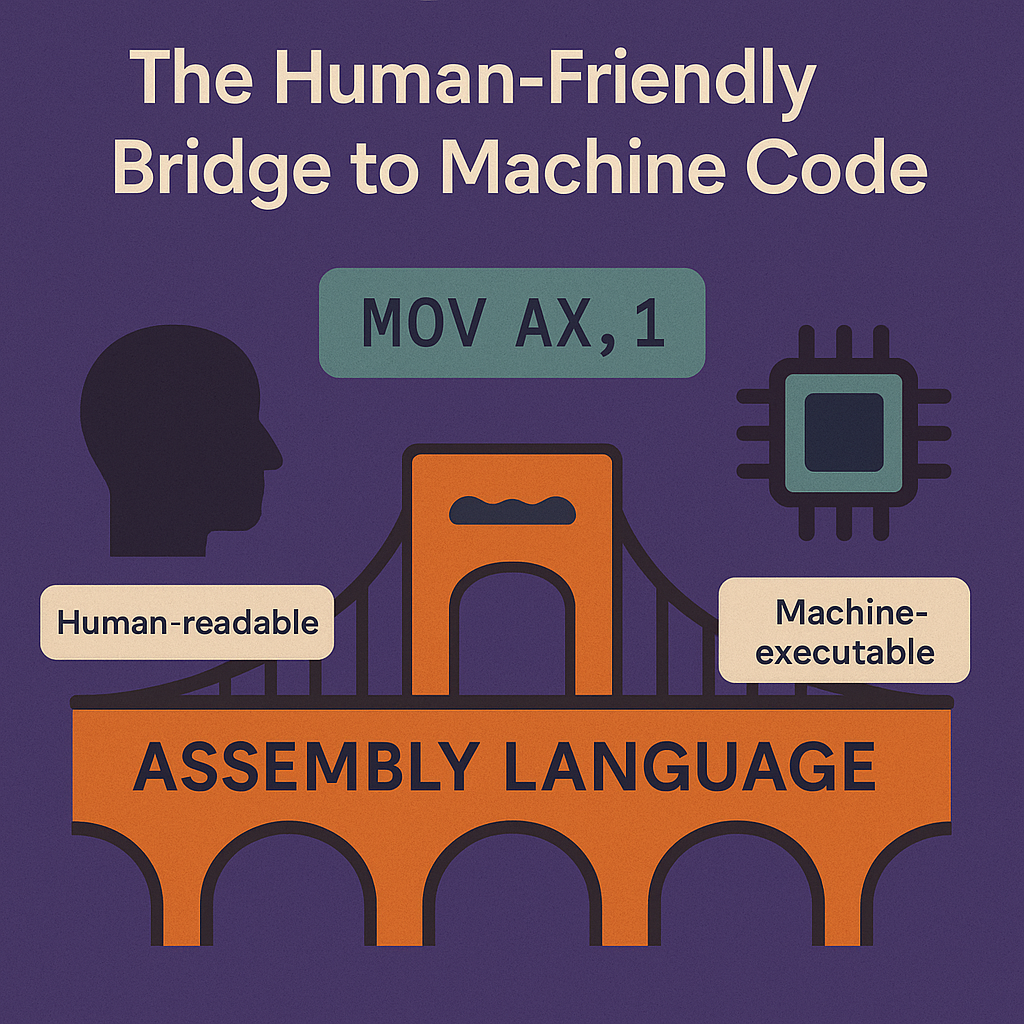SQL Injection Explained
Learn how SQL Injection works with real examples and a hands-on demo using PHP and MySQL. Explore a GitHub repo with vulnerable code to safely test and understand this critical web vulnerability.

I bet most of you would be coding in high level languages like JavaScript or C. When we write in high-level languages, we are working with tools that make coding intuitive and efficient. These languages are designed to be easy for humans to read and write, but they don't directly represent the instructions that the CPU executes. Instead, they rely on layers of abstraction to simplify the process. To truly understand how computers work and to control every aspect of their behavior, we need to go deeper – down to the level of assembly language.
Table of contents [Show]
Consider high-level languages as the travel packages. If you want to visit Europe, a travel agency can handle everything for you: booking flights, reserving hotels, rearranging meals, and renting cars. You don't need to worry about the details – you just enjoy the trip. Similarly, high-level languages handle the complexities of programming for you, allowing you to focus on solving problems without worrying about how the computer executes your code.
But what if you wanted to plan the trip yourself? You would need to book each component individually, coordinate the details, and ensure everything runs smoothly. This is where assembly language comes in. It's the manual, hands-on approach to programming, where you control every detail of what the computer does.
Assembly language is the lowest level of programming that is still human readable. It's a text based language where each instruction corresponds directly to a specific operation the CPU can perform. For example, instead of writing x = y + 5 in a high-level language, you might write:
mov eax, y ; Move the value of y into the EAX register
add eax, 5 ; Add 5 to the value in EAX
mov x, eax ; Move the result into xWhile this might look cryptic compared to high-level languages, it’s far more understandable than the raw numbers (machine code) that the CPU actually executes.
To understand assembly language, it’s helpful to think about abstraction. An abstraction is a layer that simplifies a complex process. For example, consider a steering wheel in a car. When you turn the steering wheel left or right, the car’s wheels respond accordingly. But underneath the steering wheel is a complex system of rods, levers, and gears that make this happen. The steering wheel is an abstraction that hides this complexity, making driving simple and intuitive.
In computing:
At their core, computers only understand numbers. Every instruction, piece of data, or operation must eventually be translated into numbers (binary code) for the CPU to process. However, writing programs directly in machine code is incredibly difficult for humans because it’s just a series of numbers, like this:
73 137 252 73 137 245 65 85
65 84 232 52 0 0 0 232To make programming easier, we use assembly language, which represents these numbers as human-readable text. For example:
mov r12, r13 ; Move the value in register r13 to register r12
add r12, 4 ; Add 4 to the value in register r12Here, mov (move) and add (add) are instructions that the CPU can execute. While this still looks complex compared to high-level languages, it’s much more manageable than raw machine code.
Writing machine code directly is possible, but it’s extremely error-prone and time-consuming. Imagine trying to write a program by manually converting every instruction into a series of numbers! Assembly language provides a more human-friendly way to write low-level code while still giving you fine-grained control over the CPU.
High-level languages like JavaScript, Python, or C are built on top of assembly language. They provide even higher levels of abstraction, making programming faster and more intuitive. For example, in Python, you can write:
result = 5 + 10This single line of code might translate into multiple assembly instructions, which are then converted into machine code. The high-level language hides the complexity of the underlying hardware, allowing you to focus on solving problems.
While high-level languages are great for most programming tasks, there are situations where assembly language is necessary or beneficial:
Your email address will not be published. Required fields are marked *
Learn how SQL Injection works with real examples and a hands-on demo using PHP and MySQL. Explore a GitHub repo with vulnerable code to safely test and understand this critical web vulnerability.
Learn how CI/CD transforms software development by automating builds, tests, and deployments. Boost speed, reduce bugs, and release confidently with continuous integration and delivery.
Learn C memory management with clear examples of malloc, calloc, realloc, and free. Understand memory types, avoid common pitfalls, and optimize your C programs efficiently.
These cookies are essential for the website to function properly.
These cookies help us understand how visitors interact with the website.
These cookies are used to deliver personalized advertisements.